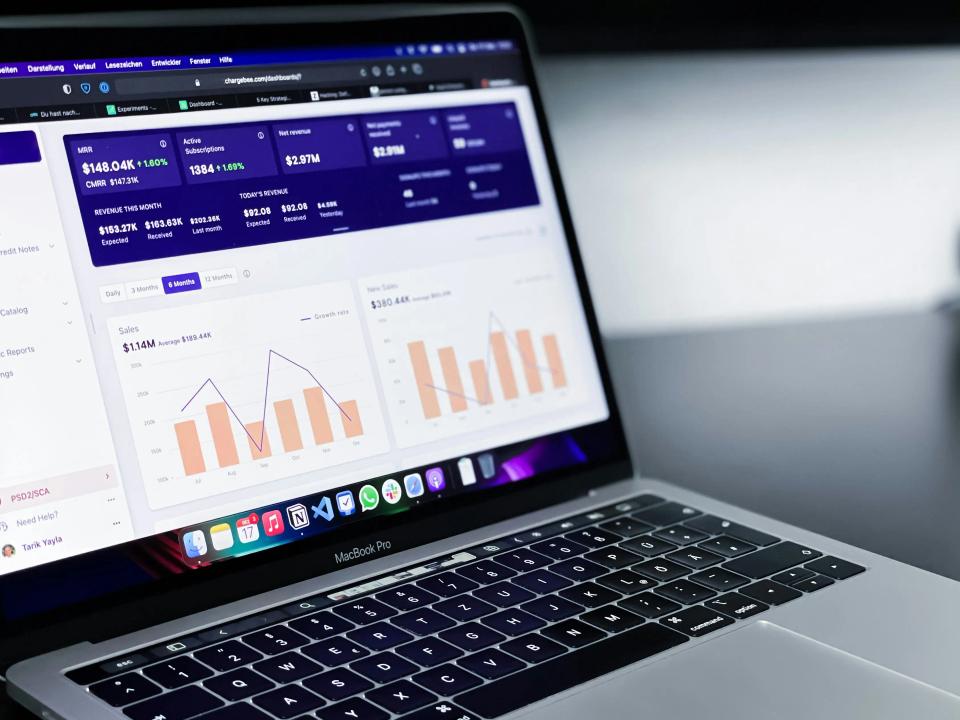Stop for a moment. A one-second delay in your page load time can slash conversions by 7%. But a single security breach? That can obliterate customer trust in an instant, a loss from which many brands never recover. In today's ruthless digital arena, you can't afford to choose between speed and security—you must demand both.
Too many businesses treat these critical elements as separate checklists, a fatal flaw in their strategy. This siloed thinking creates gaping vulnerabilities and frustrating performance bottlenecks that bleed customers and profits. Google's ranking algorithms, with their intense focus on Core Web Vitals and secure browsing, now explicitly reward websites that master both speed and security, leaving the slow and vulnerable behind.
This is where we shift the paradigm. A truly dominant technical SEO strategy understands that security and speed are not just related; they are symbiotic. A secure site is inherently faster and more reliable, while a fast site is almost always the product of clean, secure, and modern development. This guide will walk you through the four pillars of this integrated approach: fortifying your foundation, optimizing your engine room, establishing a proactive defense, and cleaning up your frontline.
Pillar 1: The Foundation – Fortifying Your Connection with HTTPS and Modern Protocols
Beyond the Padlock: Why HTTPS is the Bedrock of Modern Technical SEO
It's More Than Just Encryption
That little padlock in the browser bar is no longer a suggestion; it's a declaration of trust. HTTPS encrypts the data flowing between your user and your server, building a wall of privacy that protects sensitive information. As Svitla Systems notes, this encryption is a fundamental way to build user trust and satisfy a key Google ranking factor. Without it, you're telling both customers and search engines that you don't take their safety seriously.
The Performance Prerequisite: Unlocking HTTP/2 and HTTP/3
Here’s the secret synergy most people miss: security enables speed. The fastest, most efficient web protocols, like HTTP/2 and HTTP/3, require an HTTPS connection to function. These modern protocols use a technology called multiplexing, which is like opening ten checkout lanes at the grocery store instead of forcing everyone into a single, slow-moving line. This dramatically reduces latency and makes your site feel incredibly responsive, but you only get access to this power with a secure foundation.
Implementation Best Practices
Flipping the switch to HTTPS isn't enough; you must enforce it with an iron fist. This means implementing a site-wide 301 redirect to ensure all traffic lands on the secure version of your site. You must also hunt down and eliminate any "mixed content" issues, where insecure elements are loading on a secure page. Finally, implementing HSTS (HTTP Strict Transport Security) tells browsers to never even attempt an insecure connection to your site, cutting out redirect latency and hardening your security posture.
Pillar 2: The Engine Room – Server-Side Optimizations for a Faster, Safer Backend
Your Digital Fortress: Hardening the Server for Peak Performance and Protection
The Power of Proactive Updates
Your server is the engine of your digital presence, but an outdated engine is both sluggish and dangerous. Keeping your CMS like WordPress, along with all its plugins, themes, and server software like PHP, constantly updated is non-negotiable. Each update is a dual-purpose mission: it patches critical security vulnerabilities that hackers actively exploit and often includes significant performance improvements that make your entire site run faster.
Leveraging a Content Delivery Network (CDN)
Imagine having a copy of your website stored in data centers all over the world, ready to be served to users from the location closest to them. That's the power of a Content Delivery Network (CDN). A CDN acts as both a shield and an accelerator. For security, it can provide powerful DDoS mitigation and a Web Application Firewall (WAF) to block malicious traffic before it ever reaches your server. For speed, it caches your static assets—images, CSS, JavaScript—globally, drastically reducing load times for your international audience.
Smart Caching Strategies
Caching is your server's secret weapon for efficiency and speed. By implementing a multi-layered caching strategy, you dramatically reduce the server's workload and deliver content to users at lightning speed. Browser caching tells a user's browser to save local copies of your assets, server-side caching creates pre-built versions of your pages so they don't have to be generated on every visit, and object caching speeds up complex database queries. According to Backlinko, a fast server that reduces Time to First Byte (TTFB) is a critical factor for both user experience and search rankings.
Pillar 3: Proactive Defense – Conducting Regular Audits and Monitoring
Don't Wait for a Breach: Your Technical SEO Audit Checklist for Security & Speed
The Security Audit Toolkit
Hope is not a strategy. You cannot afford to wait for Google to flag your site or for a customer to report a problem. A proactive defense requires a regular, disciplined security audit. This means running an SSL certificate check to ensure it's valid and configured correctly, and scanning your security headers for the proper implementation of CSP and X-Frame-Options. It also involves using tools like Google Search Console or Sucuri to perform malware scans and identify any outdated, vulnerable software components before they can be exploited.
The Performance Audit Toolkit
At the same time, you must be obsessed with monitoring your site's performance. This starts with measuring your Core Web Vitals—LCP, FID, and CLS—using Google PageSpeed Insights to see your site through Google's eyes. Dive deeper with a waterfall analysis in GTmetrix or WebPageTest to pinpoint specific render-blocking resources and other bottlenecks slowing you down. Consistently monitoring your server response time (TTFB) ensures your digital engine is firing on all cylinders.
CaptivateClick Insight
This constant vigilance can feel overwhelming, like a full-time job in itself. That's why our ongoing Hosting & Maintenance services are designed to be your proactive defense. We include regular, comprehensive audits as a standard part of our process, ensuring our clients' sites remain blazingly fast and securely fortified month after month.
Pillar 4: The Frontline – Optimizing Code and Content for a Leaner Experience
Clean Code, Clear Advantage: How Front-End Hygiene Impacts Speed and Security
Minimizing Your Attack Surface (and File Size)
Every line of code is a potential entry point for an attack and another byte that has to be downloaded. By minifying your CSS, JavaScript, and HTML, you strip out all the unnecessary characters, comments, and spaces. This not only makes your files smaller and faster to load but also makes your code cleaner and slightly more difficult for malicious actors to decipher, providing a small but meaningful security benefit.
The Third-Party Script Dilemma
Think of every external script on your site—for analytics, ad trackers, or chat widgets—as a small, unguarded door into your digital fortress. Each one is a potential performance bottleneck that can slow your site to a crawl. Worse, they represent a security risk, as a compromise in their system can lead to a supply chain attack on yours. You must regularly audit these third-party scripts, question if each one is truly necessary, and defer the loading of any non-critical scripts to protect your performance and security.
Modern Image Formats and Lazy Loading
Images are often the heaviest assets on a webpage, making them prime targets for optimization. Using modern image formats like WebP or AVIF can reduce image file sizes by over 30% compared to old formats like JPEG, with no loss in quality. Combine this with lazy loading, a technique that defers the loading of off-screen images until the user scrolls to them. This simple change dramatically reduces initial server requests, making your pages load faster and feel more efficient.
Conclusion: Weaving It All Together for Digital Excellence
You now see the undeniable truth: a world-class digital presence is built on the integrated pillars of security and speed. It begins with a secure foundation fortified by HTTPS. It’s powered by a robust backend engine tuned for peak performance. It’s protected by a proactive defense of regular, relentless audits. And it’s delivered through a clean, lean front-end experience.
In 2023 and beyond, you cannot have elite site performance without ironclad security. They are two sides of the same coin, inextricably linked in a successful technical SEO strategy. Neglecting one inevitably cripples the other, leaving you vulnerable to competitors and threats.
Use this guide as your checklist to start building a faster, more secure digital presence today.
A comprehensive technical SEO audit can feel daunting. At CaptivateClick, our experts in Technical SEO and Web Development specialize in diagnosing and fixing the deep-seated issues that impact site speed and security. Ready to build a website that captivates users and search engines? Contact us for a free consultation and let's fortify your digital foundation.













